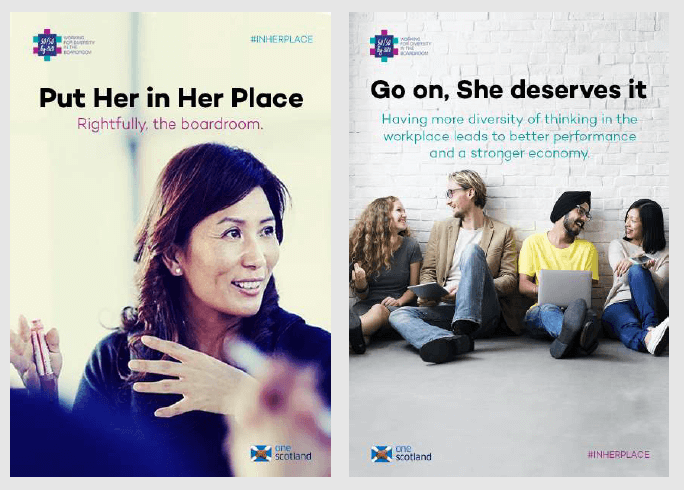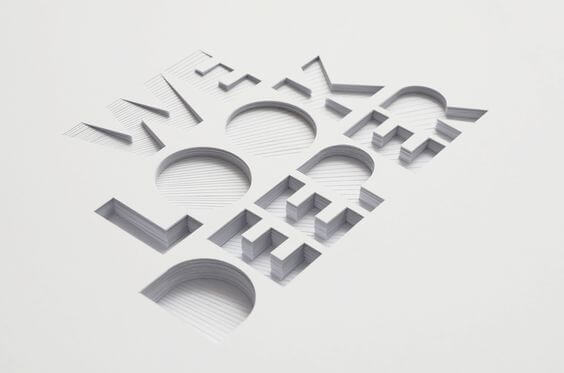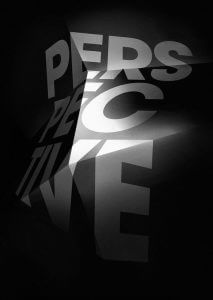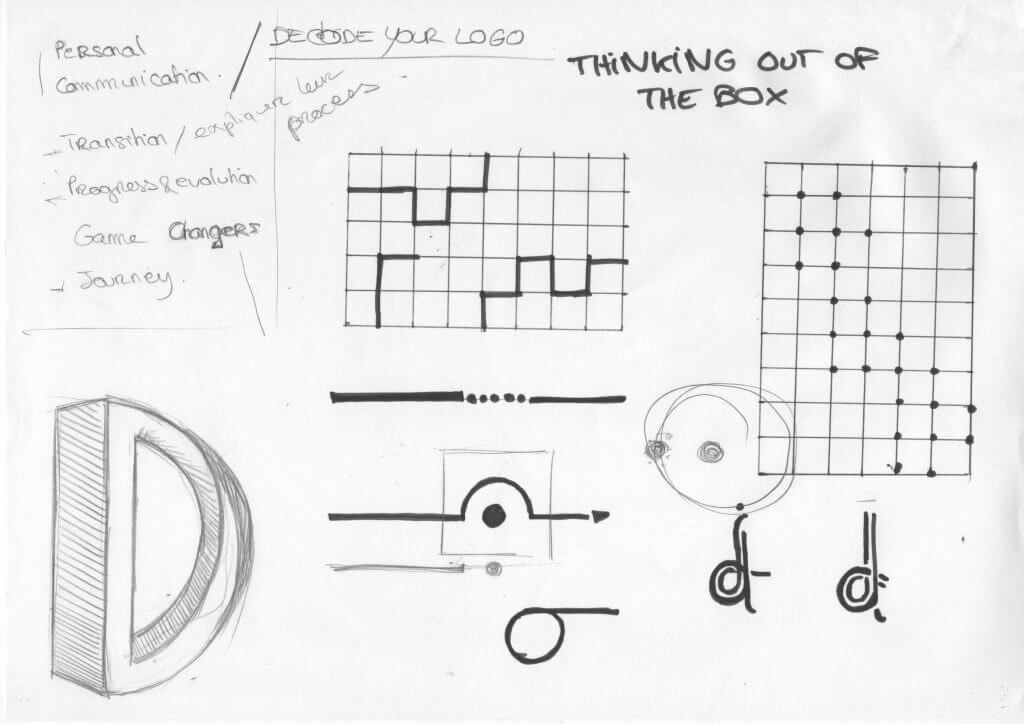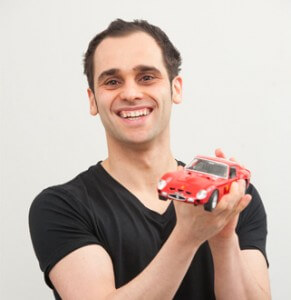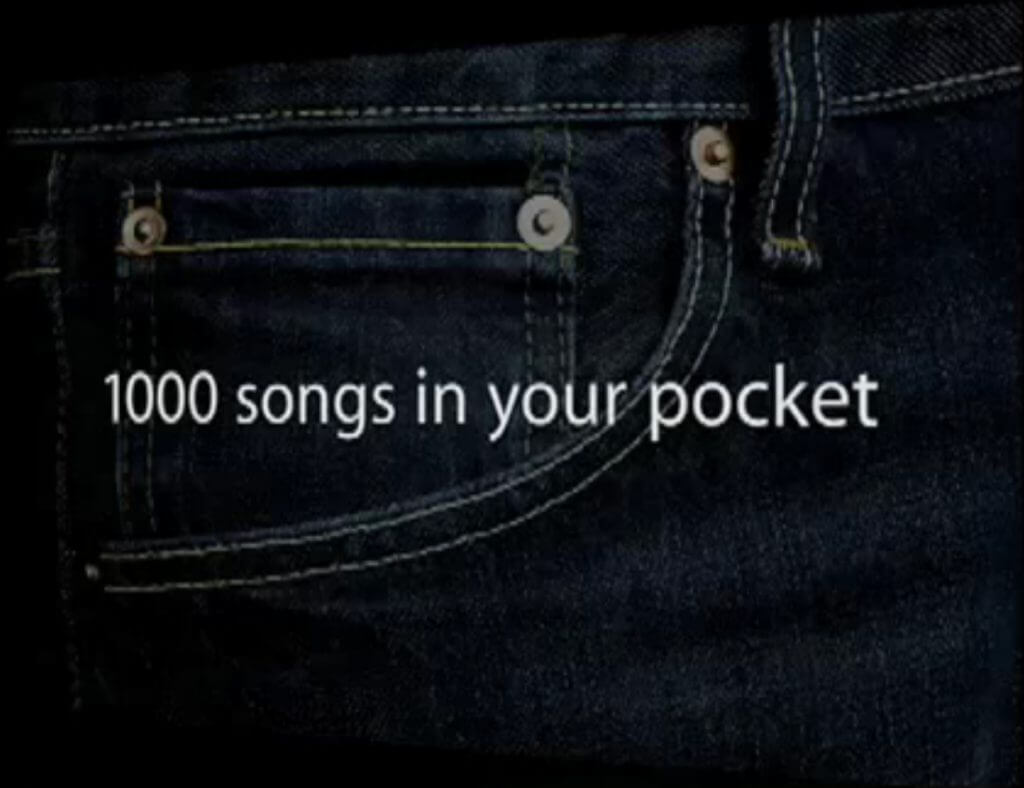A couple of weeks ago my company created a brand–experience chart to compliment a presentation about ‘Branding for the 21st Century.’
It can be found here…
https://theloft.co/loft-brand-experience-map.pdf
The chart demonstrated the importance of company culture in creating brands that people wish to engage, and more importantly, continuously engage.
Client/customer/employee loyalty is one of the most important aspects of commercial success.
VW sell close to a half million cars in Europe every year and have done so for a very long time, it is the bed-rock of the company’s success and future growth. Customer loyalty is one of the most fundamental attributes in helping a company to scale.
This can also be true with employer-employee experiences, but this post will focus on the client/customer journey.
Here are some of our top 10 ways to building a brand experience that helps to win and retain customers and clients…
1. Create your own map
As a starting point, for brand experience; start with a single client/customer group. Anything your company does that engages the five senses of the end client is a touch point. Consider direct (your communications and activities) and indirect (press coverage, word-of-mouth, market perception, etc) touch points. Touch points can range from the initial hand shake and swapping of a business card to the client’s viewing of your website, through to your e-mail system (we have a blog coming up on the dangers of poor e-mail campaigns.) There can be thousands of interactions depending on the size of your company; take the most important ones and break them into sub-categories (website – home page, about us, contact form, twitter feed, etc…) or (people – dress attire,)
2. Look out for red flags
Ruthlessly vet your business for hygiene factors throughout the ENTIRE EXPERIENCE. These are interactions that will kill the brand experience in an instant and make it almost impossible to do business with your company in the future. Obvious ones include – slow website, broken web-pages (particularly important with multi-browser compatibility,) overly aggressive sales technique, spelling mistakes, un-expected price hikes or change in ‘terms of conditions,’ any form of over-promise and under-delivery.
There are also some really trivial touch-points which may seem obvious but you’d be amazed – members of the company dealing with the client/customer who may have a limp handshake. A really trivial thing, but along with others, can damage the brand experience beyond the point of no-return before a sale has even been made.
3. Don’t forget in-direct factors
Examples of bad press, poor reputation management or the ascent of your rivals in terms of reputation and perception will reduce the quality of your brand experience. These have to be identified and confronted as quickly as possible.
4. Differentiate yourself
You have to strongly differentiate yourself in the market for anybody to take notice of you. There are mainly four ways to define a brand in the market. How you deliver your product/service, what the product or service is, who the individual in the company is and why the company exists.
How you deliver your product/services | A key differentiator may be a special warranty, Hyundai made great hay when it began offering 5-Year warranties as a symbol of their reliability. It could be a unique client experience; one accountancy firm gave their clients jelly? No I’m not kidding; one of the fastest growing accountancy firms in the country actually gave their clients jelly as part of a zany brand experience. Not everybody wants jelly from their accountants but some did and loved it… However, make sure whatever you do is in keeping with your own culture.
What you do | Do you do anything that your rivals don’t? EE, for a very limited space of time, are the only provider of 4G phones in the UK. This differentiates them. ‘Law At Work,’ one of the fastest growing legal firms in the country, is a legal brand that only operates in the area of ‘employment law,’ this exclusivity of service re-defines their expertise for a very specific type of legal work. They are perceived as specialists in a market full of generalists.
Who you are | People defined brands, brands with superstars that front them up – including all of the following – Jamie Oliver, James Dyson, Mary Portas, Gordon Ramsay, Richard Branson but more interestingly many companies/individuals still pledge allegiance to the partner as opposed to the firm in professional services.
Why you do what you do | The big one! Why do you exist as a company? What is your purpose beyond profit? The most intangible of differentiation points but the most potent. Apple are defined by ‘thinking differently,’ Google are defined by ‘indexing the worlds information,’ and the Ritz for providing the best customer experience in the world.
This may seem a bit flowery to some but it is unbelievably important to driving client/employee loyalty.
The companies that can define themselves in this way are the ones that will create a real bond with their clients, customers and staff.
I suggest that you take a piece of paper. Make a set of axis and create 4 quadrants – why, who, what and how; list all of your rivals down and see if there is any great differentiator in a clients mind between yourself and your chief rivals.
5. Watch Simon Sinek, ‘Why great leaders take action.’
For more information on creating your differentiation by ‘why you exist,’ I really advise watching Simon Sinek, ‘Why Great Leaders Take Action.’ It is a 20-minute TED talk which beautifully explains the importance of your purpose beyond profit.
6. Find out why existing customers/client choose you?
Really drill down into WHY your company wins business. Is there a real compelling reason? Is it a logical or emotive reason? Most importantly, is that reason present throughout the entire experience? A contradictory competitive advantage or brand experience pretty much kills any chance of a second sale. People struggle to trust brands that contradict themselves so finding that out should be a matter of priority.
7. ‘Walk the talk’
For existing clients/customers, failure to ‘walk the talk,’ is critical. Any form of broken promise pre-sale will be punished when it comes to product/service renewal. Whichever feeling you decide to invoke in ‘sales/marketing’ has to be consistent throughout the experience. You must ‘walk the talk.’ If you’re selling safety as the differentiator in your service, this has to be evident throughout, if you’re selling a commitment to people or social justice, this can never be contradicted throughout the entire experience. Even if there is short-term pain, a betrayal of values damages the brand, brand authenticity and relationships with clients/customers and staff.
8. Build the emotional case
For marketing and sales, I briefly mentioned technical and emotive information. People make decisions based on emotion and then justify them with logic. That doesn’t mean that logical information such as price, location, delivery of service, size of company, etc will always be overruled by pure emotion. But if all logical elements are comparable, people will make decision based on emotion and gut-feel. If a brand can invoke some kind of natural feeling, this will help considerably in getting the company over the line in winning competitive pitches or tender against their competitors.
9. Work out your ‘purpose beyond profit’
Companies with distinctive cultures and ‘a sense of mission,’ will out-perform those that are purely ‘results driven.’ They allow for more consistent brand experiences which in turn drives loyalty, companies with genuine culture have an authenticity and ‘real-ness’ that people buy into. Furthermore, evidence of a unique or strong company culture will become the best marketing collateral that you will ever have. Don’t just have values, create a set of behaviours to sit beside the values and tell the whole world about them.
10. Build the brand from the inside out.
Think of your brand as a method actor/actress. 90% of what we communicate when speaking to others is in body-language not words. When actors/actresses have to depict their roles on stage, they naturally find it impossible to control every single part of their body language and also recite their lines at the same time. This is where method-acting comes in, the actors/actresses immerse themselves in the characters to become them in their own minds’ this allows the performance to flow and create a more natural and authentic performance.
For anybody with staff and particularly those of you that runs larger companies with potentially hundreds of thousands of touch-points, you aren’t going to be able to micro-manage every single interaction – like the method actor trying to control every part of their body language, it is impossible. The only way to allow for some kind of consistency of brand experience is to immerse your staff and suppliers, into the company culture. Define your culture strongly and then communicate it internally with as much rigour and gusto as you would with external communications.
These are just some of the main ways that you can build a brand experience that helps your company to win and retain clients.
For any further advice, please don’t hesitate to contact us…
Benedetto
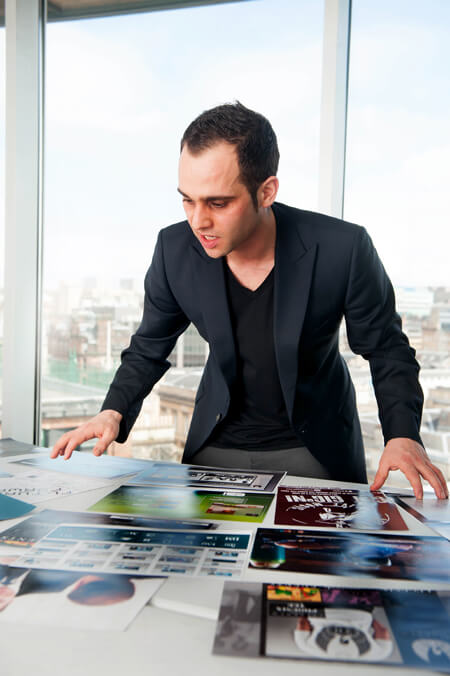
Benedetto Bordone
Creative Director of the loft.
Benedetto runs the branding consultancy, the loft. Based in the centre of Glasgow, the loft creates emotive brands.
Benedetto began his design career aged 9, sketching cars in the loft bedroom of his parents house. Even then he realised some eternal truths. Alfa Romeos are infinitely cooler than Ferraris and always have been. Time has only hardened this opinion. Since then, he has been on a journey taking him from his hometown in Kilmarnock to Coventry, studying car design aged 17, three separate spells in Italy followed where he interned, worked & freelanced for distinguished design companies – BeeStudio, Alfa Romeo, Honda Advanced design & Stile Bertone.
Setting up his own business was a natural step for somebody as independently minded as Benedetto. The loft was set up in 2008 and offers a comprehensive branding and communication service to its clients. The company combines a deeply analytical approach into the clients culture and commercial targets before engaging in creative design and strategy work to build emotive brands.
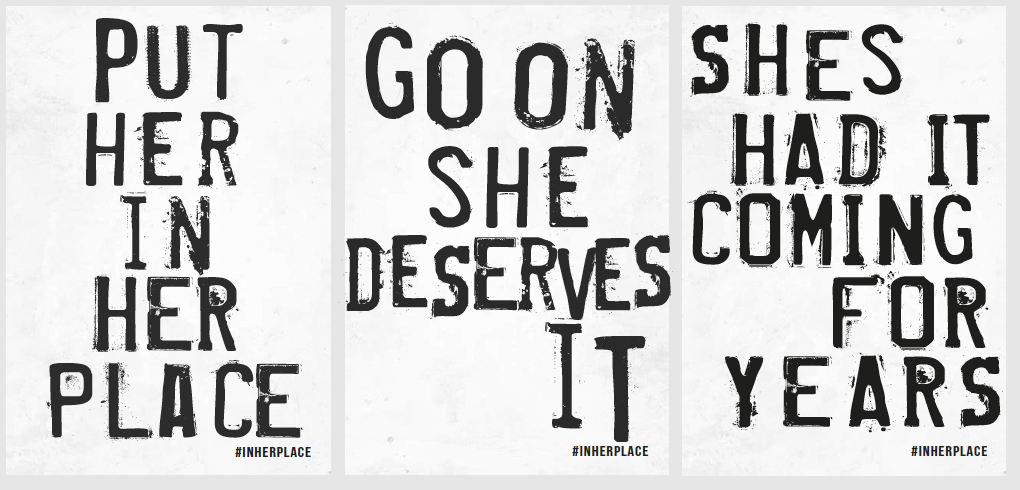 The sinister use of text neatly accompanying the messages on display.
The sinister use of text neatly accompanying the messages on display.